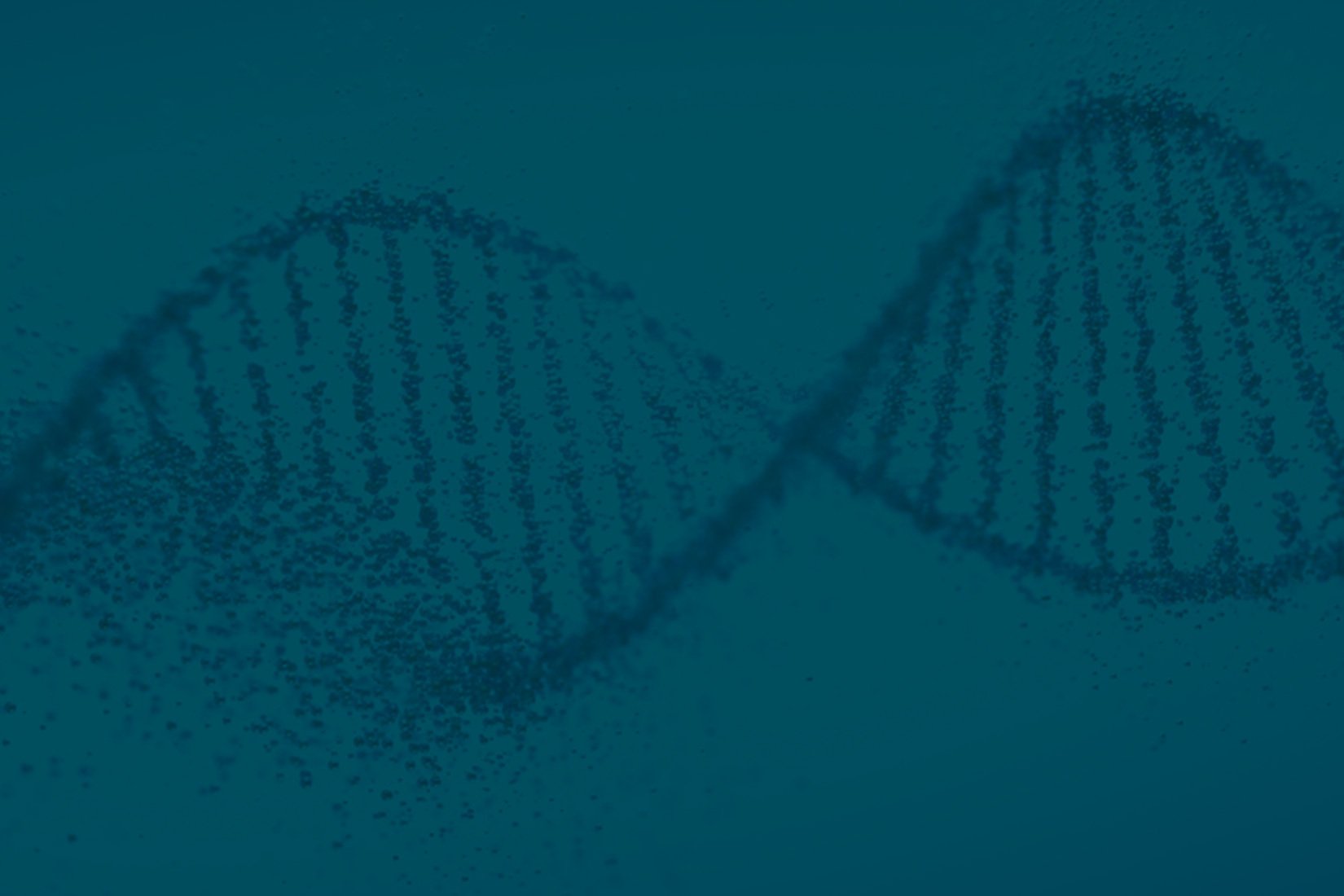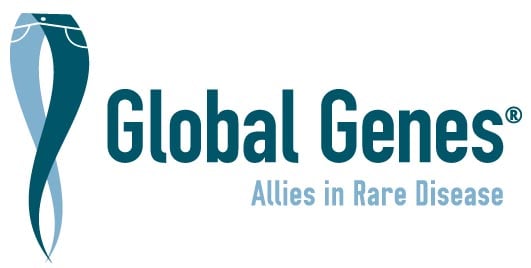Patients face a world in which most people, including physicians and healthcare providers, policy-makers and even their own families, understand very little about their experiences with pain.
As a patient community we lack clarity on what exactly IS pain? How can we properly assess it? How can it be communicated? What is it that we expect from treatment and what can we realistically expect from treatment?
We are an advanced society in which many amazing things are possible and have been achieved. We’ve put a man on the moon, completely eradicated terrible diseases, transplanted organs and yet we still struggle with managing something we all, at least at times must cope with: acute pain!
We have a problem taking responsibility for our role in pain, we don’t want to be punished by it and we rely on pain medications to treat a symptom that results from a problem that must be addressed.
There is a need for a rational approach to managing complex pain problems for those who struggle with it regularly. I believe there are ways of delivering appropriate pain care, but if we are to live in a world where there is less suffering because pain is better managed, we must be willing to find ways to improve the education of both healthcare providers and patients, to enable doctors sufficient time to properly evaluate pain problems and monitor response to treatment and to improve the amount and quality of information patients receive about their pain and treatment.
Unfortunately, many of the medications used to control pain are all too frequently misued, abused or diverted to individuals who use them for purposes not intended. This has led to increased difficulties for patients who need these medications to obtain them, to obtain them without the stigma of being perceived as an addict or abuser and for countless unfortunate individuals succumbing to the untoward effects of taking pain killers without an understanding of the risks.
I hope to provide information that will enable the readers to attain a healthy perspective about pain management, to develop realistic expectations about treatment, to develop a better understanding about the complex nature of pain and how to communicate with both family and healthcare providers and an appreciation of the reasonable multimodal options for management.
Today, I serve as a Professor of Neurology and Neuroscience at the Louisiana State University Health Sciences Center in New Orleans. I received a B.S. in Biology at the State University of New York at Stony Brook in 1969 and a Ph.D. in Biology at Brown University in 1974 where I specialized in anatomy with special interest in the comparative anatomy of the nervous system.
I taught human gross anatomy, embryology and neuroanatomy and conducted basic research on sensory and motor systems in the cerebral cortex of mammals for 12 years, first at the University of Cincinnati School of Medicine and then at the LSUHSC-NO. In 1986, I resigned my academic position to attend medical school at the LSUHSC-NO and received my M.D. degree in 1990. Upon completion of residency training in neurology, I returned to academia. I took a position in the Department of Neurology at LSUHSC-NO, attained board certification in neurology and pain management and played a principal role in the organization, development, and implementation of the comprehensive multi-disciplinary pain program at the LSUHSC-NO. I have been the director of the LSU pain center since its inception in 1995 and the director of the multidisciplinary pain fellowship program since 2002.
The pain program integrates clinical science, basic science, and patient care components for the advancement of research and education concerning pain management and pain related issues such as prescription drug misuse, abuse, and diversion.
Today, I also serve as Louisiana’s representative for the American Academy of Pain Medicine State Initiative Program and serve on the National Alliance for Model State Drug Laws (NAMSDL). I have participated in numerous advisory boards and speakers’ bureaus and have served on the faculty of the National Initiative on Pain for Control. I have maintained a clinical practice in pain medicine and a research program focused on the modulation of sodium channels in nociceptive and neuropathic pain models.
My research interests now focus on a logical extension of our studies on the basic mechanisms of pain which have led us to a new approach for treating late stage cancer. I have authored a volume of the American Academy of Neurology’s Patient Guide entitled, Understanding Pain. As I prepare to share my life’s work with patients who need it most, I hope my efforts will further general understanding of pain issues through education and enable readers to develop and embrace real solutions to a very real problem.

Stay Connected
Sign up for updates straight to your inbox.
